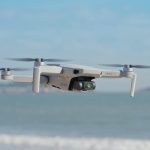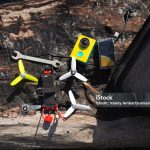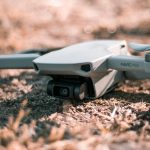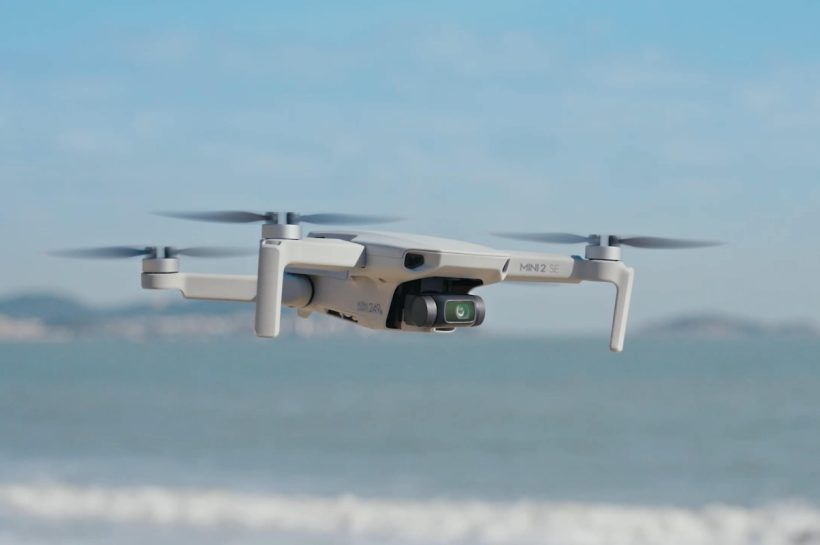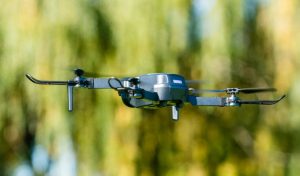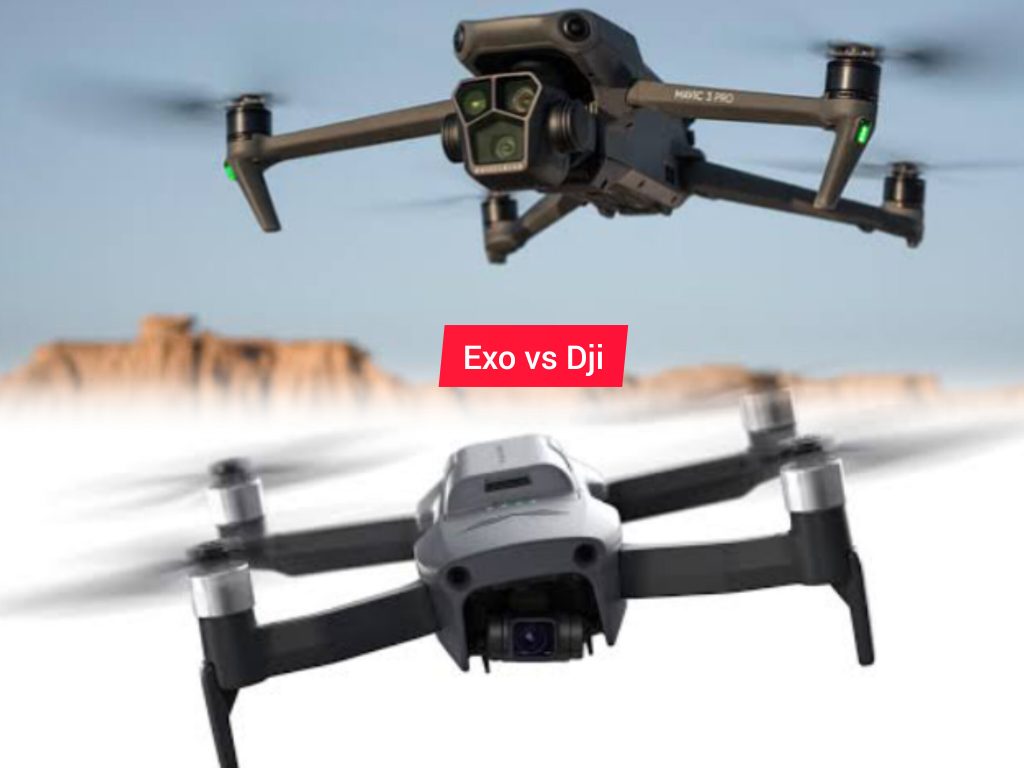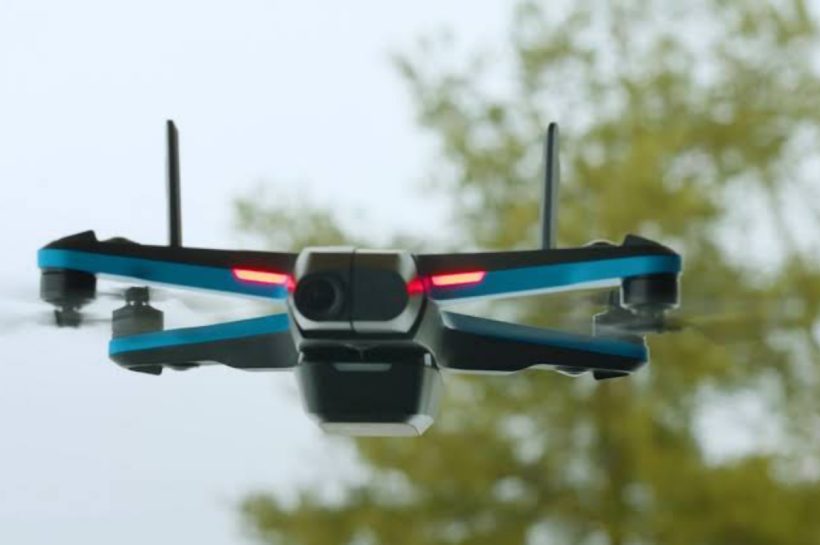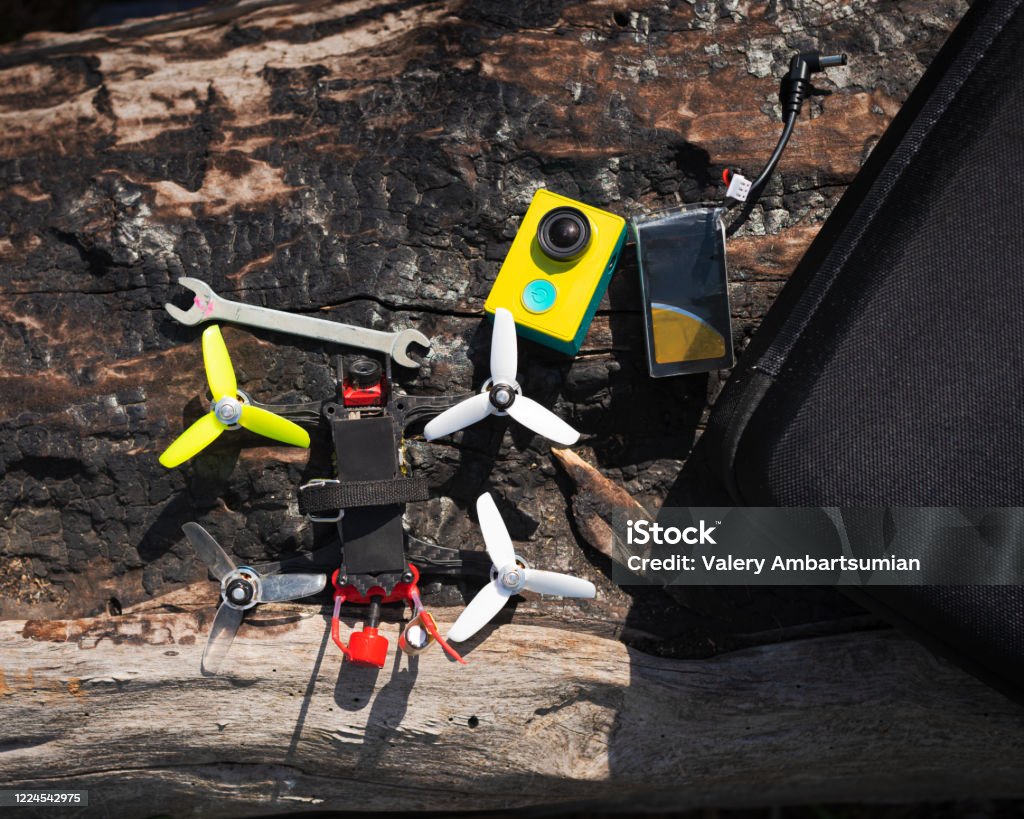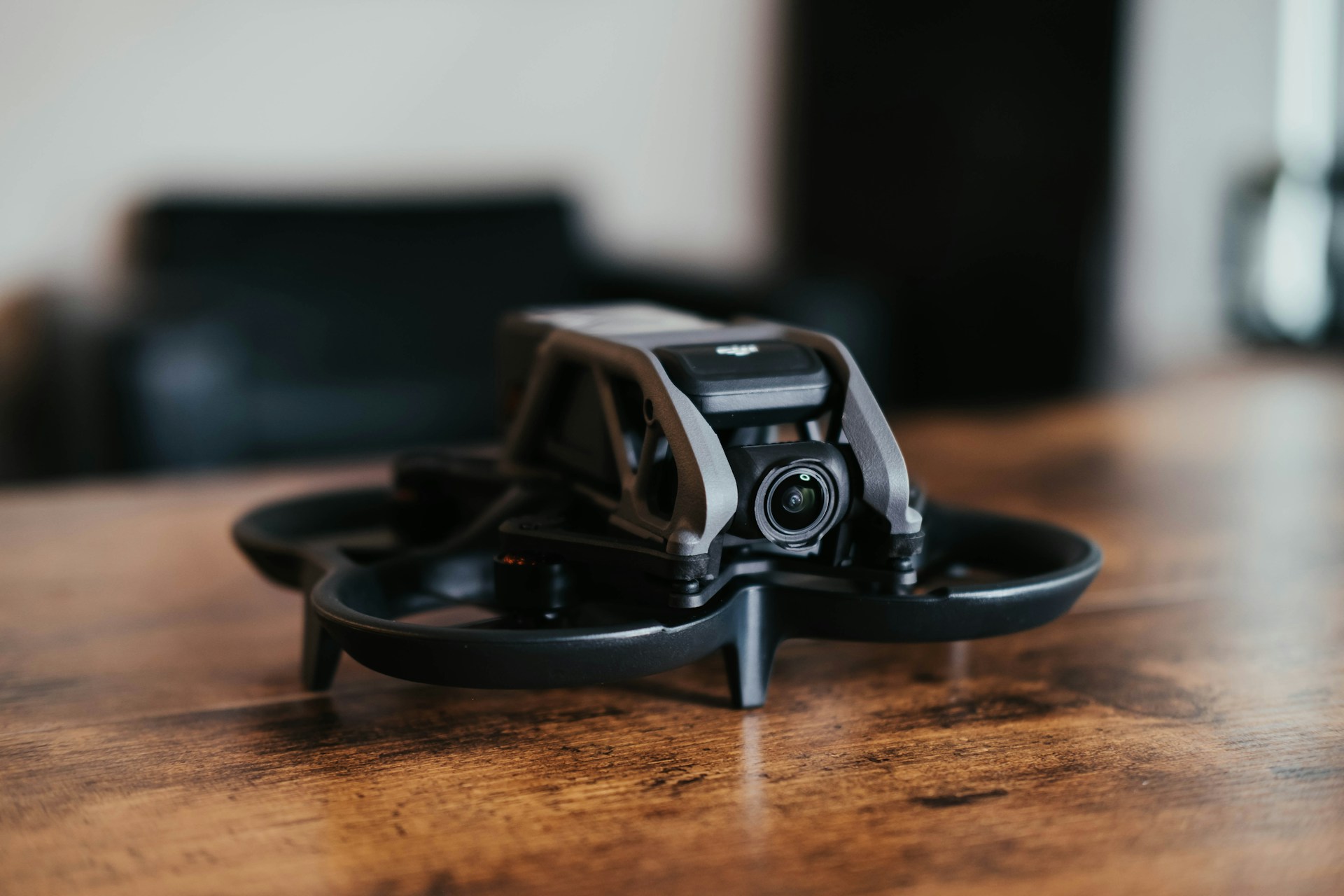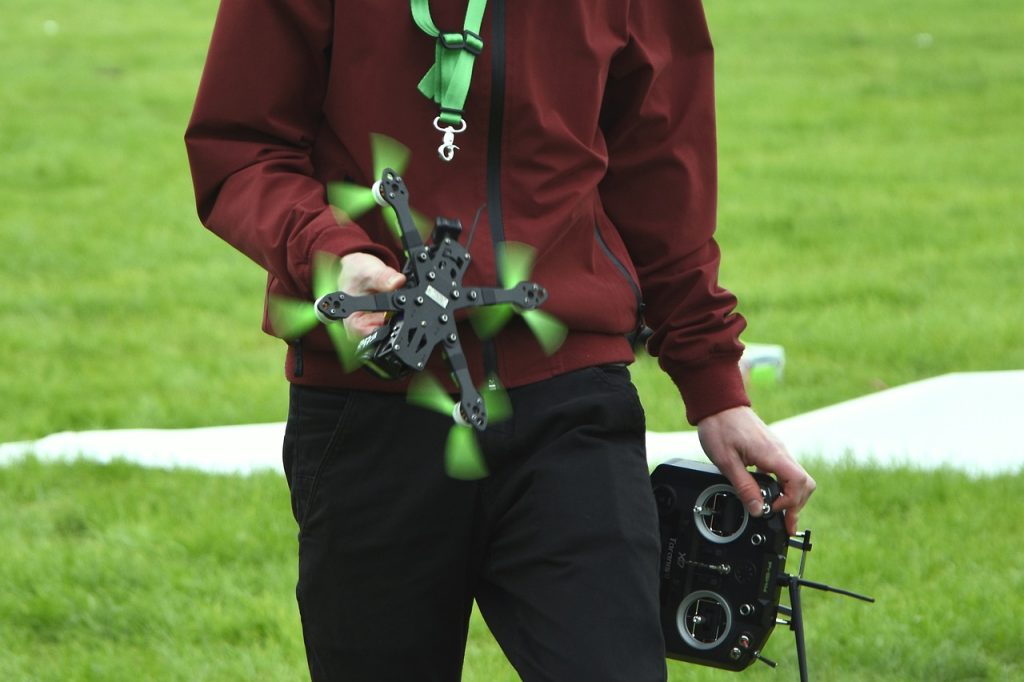
Racing drones have surged in popularity, captivating both seasoned pilots and curious newcomers with their speed, agility, and the thrilling experience of drone racing. Among the various types of racing drones, Ready-To-Fly (RTF) models stand out for their accessibility and convenience. RTF racing drones are pre-assembled and come with everything needed to start flying right out of the box, making them an excellent choice for beginners and enthusiasts who want to jump straight into the action without the hassle of assembly.
In this article, we will delve into the world of RTF racing drones, exploring their key features, benefits, and some of the top models available in 2024. Whether you’re a novice looking to get your first racing drone or an experienced flyer seeking a hassle-free option, this guide will provide you with all the information you need to make an informed decision.
What Are RTF Racing Drones?
RTF, or Ready-To-Fly, racing drones are fully assembled and configured drones designed for high-speed racing. Unlike other drone types that may require extensive setup, RTF drones come with all necessary components pre-installed and pre-tuned, making them immediately ready for flight upon unboxing.
Components Included in RTF Racing Drone Packages
An RTF racing drone package typically includes:
- The Drone Itself: A fully assembled quadcopter with motors, ESCs (Electronic Speed Controllers), flight controller, and frame.
- Transmitter (Remote Controller): Pre-bound to the drone, allowing for immediate control without additional setup.
- Battery and Charger: Often included to power the drone, with a compatible charger to ensure you can quickly recharge and get back to flying.
- FPV System: Many RTF racing drones come equipped with a camera and video transmitter for First Person View (FPV) flying, allowing pilots to see what the drone sees in real-time.
- Additional Accessories: Such as spare propellers, tools, and sometimes even a set of FPV goggles.
Differences Between RTF, BNF, and ARF
Understanding the distinctions between RTF, BNF, and ARF drones can help you make a more informed choice:
- RTF (Ready-To-Fly): These drones are completely ready for flight right out of the box, requiring minimal to no setup. They are ideal for beginners or those who prefer convenience.
- BNF (Bind-And-Fly): BNF drones come fully assembled but do not include a transmitter. You’ll need to bind the drone to a compatible transmitter you already own. This option is suitable for pilots who have specific preferences for their remote controllers.
- ARF (Almost-Ready-To-Fly): ARF drones are partially assembled kits that typically require additional components and some assembly. These are best suited for experienced hobbyists who enjoy customizing their drones and have the necessary technical know-how.
RTF racing drones simplify the entry into drone racing, offering an easy and efficient way to experience the excitement of high-speed flying without the technical complexities. In the following sections, we will explore what features to look for in an RTF racing drone, review some of the top models, and provide tips for getting started with your new drone.
Key Features to Look for in RTF Racing Drones
When selecting an RTF racing drone, understanding the key features can help you make a choice that best suits your needs and preferences. Here are some critical aspects to consider:
Flight Performance and Speed
One of the most crucial factors in a racing drone is its flight performance. Look for drones with powerful motors and responsive controls, which ensure agile maneuvers and high speeds. The drone’s flight controller should support advanced features like acro mode for more experienced pilots seeking full control over their drone’s movements.
Durability and Build Quality
Racing drones often face crashes and rough landings. Therefore, durability is essential. Opt for drones with sturdy frames made from materials like carbon fiber or reinforced plastic, which can withstand impacts. Additionally, check for well-protected electronic components to ensure longevity and reliability.
Camera Quality and FPV Capabilities
FPV (First Person View) is integral to the racing experience, as it allows pilots to see from the drone’s perspective in real-time. High-quality cameras provide clear, low-latency video feeds, which are crucial for precise control during races. Look for drones equipped with HD cameras and reliable video transmission systems.
Battery Life and Charging Time
Battery life directly impacts your flying time, so consider drones with long-lasting batteries. However, keep in mind that higher speeds and more powerful components can drain the battery faster. Additionally, shorter charging times allow you to get back in the air quickly. It’s beneficial to have spare batteries to extend your flying sessions.
Ease of Use and Setup
RTF drones are designed for convenience, but it’s still important to check the ease of setup and use. Ensure the drone comes with a clear, user-friendly manual and that it doesn’t require complex assembly. Features like auto-leveling, GPS stabilization, and pre-configured settings can significantly enhance the user experience, especially for beginners.
By prioritizing these features, you can select an RTF racing drone that not only meets your performance expectations but also provides a durable and enjoyable flying experience. In the next section, we will review some of the top RTF racing drone models available in 2024, comparing their specifications and highlighting their strengths and weaknesses.
Benefits of Choosing RTF Racing Drones
RTF racing drones offer numerous advantages, especially for those new to drone racing or those who prefer a more straightforward approach. Here are some key benefits of choosing RTF racing drones:
Convenience for Beginners and Hobbyists
One of the primary benefits of RTF racing drones is their convenience. Since these drones come fully assembled and pre-tuned, beginners can start flying immediately without needing extensive technical knowledge or assembly skills. This feature is particularly appealing for hobbyists who want to enjoy the thrill of racing without investing time in building and configuring their drone.
Immediate Readiness Out-of-the-Box
RTF drones are designed to be flight-ready straight out of the box. This means all the necessary components, including the drone, transmitter, battery, and sometimes FPV gear, are included and pre-configured. There’s no need to worry about compatibility issues or complicated setups, allowing users to get into the air quickly and easily.
Pre-Tuned and Tested Systems
Manufacturers of RTF racing drones often pre-tune and test the drones before they reach the consumer. This ensures that the drone’s settings are optimized for performance and stability, reducing the likelihood of technical issues during the initial flights. For beginners, this pre-tuning is invaluable, as it removes the guesswork involved in calibrating and configuring the drone.
Cost-Effectiveness Compared to Custom Builds
While custom-built drones can be tailored to specific preferences and often offer superior performance, they can also be more expensive and time-consuming to assemble. RTF racing drones provide a cost-effective alternative, offering a balanced package of performance and convenience at a competitive price. For many users, the time saved and the assurance of a well-configured system outweigh the potential benefits of custom builds.
By opting for an RTF racing drone, you can enjoy a seamless and hassle-free entry into the exciting world of drone racing. These drones offer an ideal blend of performance, convenience, and affordability, making them a popular choice for both beginners and experienced pilots looking for an easy-to-use option. In the next section, we will explore some of the top RTF racing drone models available in 2024, providing detailed reviews and comparisons to help you make an informed choice.
Top RTF Racing Drone Models in 2024
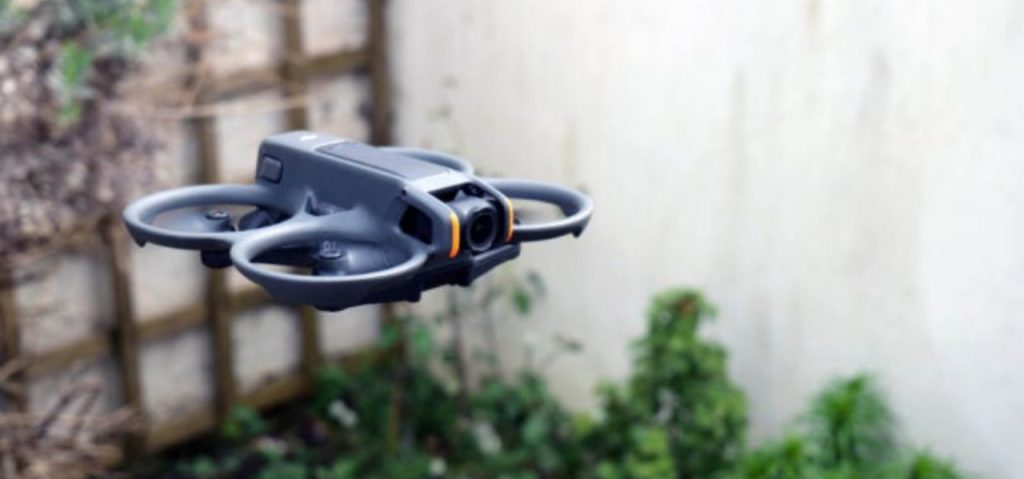
Choosing the right RTF racing drone can be daunting given the numerous options available. To help you navigate through the choices, here are some of the top RTF racing drone models in 2024, each with a detailed review, comparison of specifications, and an overview of their pros and cons. Choosing the best RTF (Ready-To-Fly) racing drone in 2024 depends on your skill level and budget. Here are some of the top contenders:
For Beginners:
BetaFPV Cetus X
A powerful microwhoop kit that’s perfect for learning the ropes of drone racing in a safe and controlled environment. It’s durable, easy to fly, and comes with everything you need to get started, including a headset and controller.
For Those New to FPV:
DJI Avata
A user-friendly cinewhoop drone that’s great for capturing cinematic video while also being capable of handling basic freestyle and racing maneuvers. It’s a good option for pilots who want to experience the thrill of FPV flying without the risk of damaging a more expensive racer.
For More Experienced Pilots:
EMAX Hawk Pro
A high-performance racing drone that’s perfect for experienced pilots who want to push their limits. It’s fast, agile, and comes with plenty of power for aggressive flying.
Walkera F210 3D Edition
Another great option for experienced pilots, the Walkera F210 3D Edition is known for its durability and acrobatic capabilities. It’s a great choice for pilots who want to compete in freestyle or acro races.
How to Get Started with Your RTF Racing Drone
Getting started with your RTF racing drone can be an exciting yet daunting experience, especially if you’re new to drone racing. Here’s a step-by-step guide to help you set up and begin flying your RTF racing drone effectively and safely.
Step 1: Unboxing and Inspecting Your Drone
- Unbox Carefully: Remove all components from the packaging, ensuring that you have all the items listed in the manual. Typically, this includes the drone, transmitter, battery, charger, and any additional accessories.
- Inspect for Damage: Check the drone and all components for any signs of damage or defects. Ensure the propellers, motors, and camera are securely attached.
Step 2: Charging the Battery
- Read the Manual: Refer to the manual for specific charging instructions. Using the wrong charger or incorrect settings can damage the battery.
- Connect the Battery: Attach the battery to the charger and plug it in. Wait until the battery is fully charged before using it. Charging times will vary depending on the battery type and capacity.
Step 3: Binding the Transmitter (If Necessary)
- Check Pre-Binding: Most RTF drones come with a pre-bound transmitter. However, if binding is required, follow these steps:
- Power On the Transmitter: Turn on the transmitter first.
- Power On the Drone: Connect the fully charged battery to the drone.
- Bind Process: Follow the binding instructions provided in the manual, which usually involves holding a specific button or sequence to link the drone with the transmitter.
Step 4: Initial Setup and Calibration
- Level Surface: Place the drone on a flat, level surface for calibration.
- Calibrate Sensors: Follow the manual’s instructions to calibrate the drone’s sensors, including the accelerometer and compass, ensuring stable flight.
- Check Controls: Ensure all controls on the transmitter work correctly and correspond to the intended movements of the drone.
Step 5: First Flight Preparations
- Choose a Safe Location: Find an open area with minimal obstacles for your first flight. Avoid crowded places or areas with interference.
- Safety Check: Ensure propellers are securely fastened, and the battery is properly attached. Verify that the FPV system (if included) is working.
Step 6: Basic Flying Tips for Beginners
- Hover Practice: Start by gently lifting the drone off the ground and practicing hovering at a low altitude to get a feel for the controls.
- Basic Maneuvers: Gradually practice basic maneuvers like forward and backward flight, left and right turns, and gentle climbs and descents.
- Control Sensitivity: Adjust the control sensitivity on the transmitter if needed, making the drone more responsive or easier to control based on your comfort level.
Step 7: Safety Precautions and Regulations
- Follow Regulations: Familiarize yourself with local drone regulations, including maximum altitude limits and no-fly zones. Register your drone if required.
- Pre-Flight Check: Always perform a pre-flight check, including battery levels, propeller condition, and control functionality.
- Respect Privacy: Avoid flying over private property without permission and respect people’s privacy.
By following these steps, you can ensure a smooth and safe start with your RTF racing drone. Once you become comfortable with the basics, you can explore more advanced flying techniques and participate in drone racing events. In the next section, we will discuss maintenance and troubleshooting tips to keep your drone in optimal condition.
Maintenance and Troubleshooting Tips
Keeping your RTF racing drone in top condition requires regular maintenance and the ability to troubleshoot common issues. Here are some essential tips to help you maintain your drone and address problems that may arise.
Regular Maintenance Practices
- Clean Your Drone Regularly:
- Remove Debris: After each flight, check for and remove any dirt, grass, or debris from the drone, especially around the motors and propellers.
- Wipe Down Surfaces: Use a soft, dry cloth to clean the drone’s body, avoiding the camera lens and electronic components unless specified.
- Check and Tighten Screws:
- Inspect Screws: Regularly check all screws and fasteners for tightness, particularly around the motors and frame. Loose screws can affect performance and lead to damage.
- Inspect Propellers:
- Check for Damage: Examine propellers for cracks, chips, or warping. Replace damaged propellers immediately to ensure stable flight.
- Balance Propellers: Use a propeller balancer to ensure even weight distribution, which helps reduce vibrations and improve performance.
- Monitor Battery Health:
- Proper Charging: Always use the recommended charger and follow charging instructions. Avoid overcharging or completely draining the battery.
- Storage: Store batteries in a cool, dry place and avoid extreme temperatures. Use a fireproof bag for additional safety.
- Firmware Updates:
- Check for Updates: Regularly check the manufacturer’s website for firmware updates for your drone and transmitter. Updates can improve performance and fix bugs.
- Update Process: Follow the instructions provided by the manufacturer to update the firmware safely.
Common Issues and How to Fix Them
- Drone Won’t Power On:
- Check Battery Connection: Ensure the battery is properly connected and fully charged.
- Inspect Power Switch: Verify the power switch (if present) is functioning correctly.
- Drone Drifts or Won’t Stay Stable:
- Calibrate Sensors: Recalibrate the drone’s accelerometer and compass.
- Inspect Propellers: Ensure propellers are not damaged and are correctly installed.
- Poor FPV Signal:
- Check Antennas: Ensure antennas on both the drone and receiver are securely attached and undamaged.
- Interference: Move to an area with less potential interference from other electronic devices.
- Motors Not Spinning or Unevenly Spinning:
- Check ESC Connections: Ensure all motor connections and ESC (Electronic Speed Controller) connections are secure.
- Inspect Motors: Look for signs of motor damage or debris obstructing movement.
- Transmitter Not Responding:
- Rebind Transmitter: Follow the binding process in the manual to reconnect the transmitter to the drone.
- Battery Check: Verify that the transmitter’s batteries are charged and in good condition.
When to Seek Professional Repair
- Persistent Issues:
- If you encounter persistent issues that you cannot resolve with basic troubleshooting, seek assistance from a professional repair service or contact the manufacturer’s support team.
- Complex Repairs:
- For complex repairs involving internal electronics or significant structural damage, it is advisable to consult a professional to avoid further damage.
Regular maintenance and knowing how to troubleshoot common issues are vital for keeping your RTF racing drone in optimal condition. By taking care of your drone, you ensure it performs well and lasts longer, providing you with a reliable and enjoyable flying experience. In the next section, we will offer advanced tips for enthusiasts looking to enhance their RTF racing drone and participate in competitive racing.
Advanced Tips for RTF Racing Drone Enthusiasts
Once you’ve mastered the basics and are comfortable with your RTF racing drone, you might want to take your flying skills and drone performance to the next level. Here are some advanced tips for enthusiasts looking to enhance their RTF racing drones and get involved in competitive racing.
Upgrading Your RTF Racing Drone
- Enhanced Motors:
- High-KV Motors: Upgrade to high-KV (kilovolt) motors for increased speed and better agility. Ensure compatibility with your ESCs and flight controller.
- Improved Propellers:
- High-Performance Propellers: Switch to high-performance propellers designed for racing. Look for durable materials like carbon fiber, which offer better aerodynamics and resilience.
- Battery Upgrades:
- Higher Capacity Batteries: Invest in higher capacity batteries to extend your flight time. Ensure your drone can handle the increased weight and that the voltage matches your setup.
- FPV System Enhancements:
- HD FPV Cameras: Upgrade to a higher resolution FPV camera for clearer video feed and better situational awareness.
- Improved Video Transmitters and Receivers: Use transmitters and receivers with better range and signal stability to reduce latency and avoid interference during races.
- Flight Controller Upgrades:
- Advanced Flight Controllers: Consider upgrading to a more advanced flight controller with features like Betaflight or INAV firmware, offering better tuning options and flight performance.
Joining Drone Racing Communities and Clubs
- Local Clubs:
- Find Local Groups: Look for local drone racing clubs and communities where you can meet other enthusiasts, share tips, and participate in organized events. Online forums and social media groups are great places to start.
- Online Communities:
- Engage Online: Join online communities such as forums, Reddit, and Facebook groups dedicated to drone racing. These platforms provide valuable resources, advice, and a chance to connect with experienced pilots.
- Attend Meetups and Races:
- Local Races: Participate in local meetups and races to gain experience and improve your skills. These events are excellent for learning from others and testing your drone in a competitive environment.
Participating in Drone Racing Competitions
- Understand the Rules:
- Competition Guidelines: Familiarize yourself with the rules and regulations of the competitions you plan to enter. Each event may have specific requirements for drone specifications, safety protocols, and racing formats.
- Practice Racing Courses:
- Set Up Practice Courses: Create or find practice courses that mimic the layout of competitive racing tracks. Practice regularly to improve your maneuvering skills and speed.
- Analyze Flight Data:
- Telemetry and DVR: Use telemetry data and DVR footage to analyze your flights. Identify areas where you can improve, such as smoother turns, better throttle control, and faster lap times.
- Physical and Mental Preparation:
- Stay Fit: Physical fitness can improve your reaction times and endurance during long races. Simple exercises and good posture can make a difference.
- Stay Focused: Mental focus and calmness are crucial during races. Practice mindfulness techniques or breathing exercises to maintain concentration and composure.
By implementing these advanced tips, you can enhance your RTF racing drone’s performance and fully immerse yourself in the competitive drone racing scene. Whether you’re upgrading your drone, connecting with fellow racers, or participating in competitions, these steps will help you elevate your skills and enjoy the exhilarating world of drone racing. In the next section, we will conclude with a recap of the benefits of RTF racing drones and offer final tips for continued success and enjoyment in this exciting hobby.
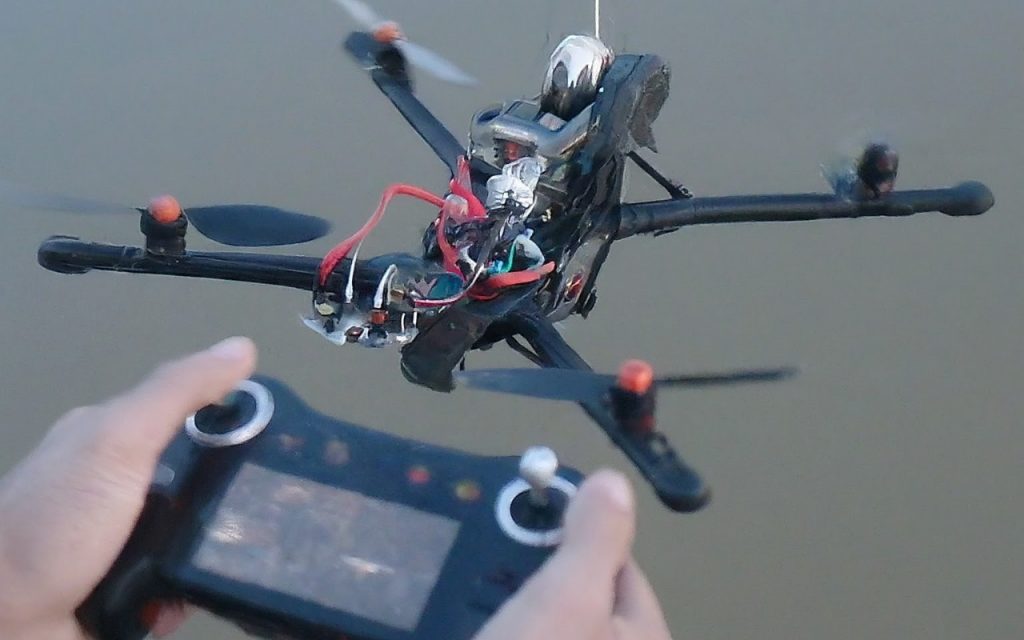
Conclusion
RTF racing drones provide a thrilling entry point into the world of drone racing, combining convenience, performance, and affordability. Whether you are a beginner eager to experience the adrenaline rush of high-speed flying or an enthusiast looking for a hassle-free racing solution, RTF drones offer a fantastic balance of ease and excitement.
Recap of the Benefits of RTF Racing Drones
- Convenience and Accessibility:
- RTF drones are ready to fly right out of the box, making them perfect for those who want to skip the technical setup and get straight to flying.
- Ideal for Beginners:
- With pre-assembled components and pre-tuned settings, RTF racing drones remove the complexities of building and configuring, providing an excellent starting point for novices.
- Cost-Effective:
- Compared to custom builds, RTF drones are often more affordable while still offering competitive performance, making them a budget-friendly option for hobbyists.
- Immediate Fun and Learning:
- These drones allow you to start flying immediately, offering instant gratification and a quick learning curve for mastering the basics of drone racing.
Final Tips and Resources for Further Learning
- Continuous Practice:
- The key to mastering drone racing is consistent practice. Spend time honing your flying skills, navigating through obstacles, and improving your reaction times.
- Stay Updated:
- Follow the latest trends and advancements in drone technology. Subscribe to drone racing forums, watch tutorial videos, and read articles to stay informed.
- Join the Community:
- Engage with the drone racing community by participating in local clubs, online forums, and social media groups. Sharing experiences and learning from others can significantly enhance your skills and enjoyment.
- Safety First:
- Always prioritize safety when flying your drone. Follow local regulations, conduct pre-flight checks, and be mindful of your surroundings to ensure a safe and enjoyable flying experience.
RTF racing drones offer an exciting and accessible way to dive into the dynamic world of drone racing. By choosing the right model, maintaining your drone, and continuously improving your skills, you can enjoy countless hours of high-speed flying and thrilling competitions. Embrace the adventure, connect with fellow racers, and most importantly, have fun exploring the exhilarating hobby of drone racing.
Frequently Asked Questions (FAQs)
RTF (Ready-To-Fly) drones come fully assembled and include everything needed to fly, including the transmitter. BNF (Bind-And-Fly) drones are also fully assembled but do not include a transmitter, requiring you to bind the drone to a compatible transmitter you already own.
Yes, many RTF racing drones allow for upgrades. You can enhance performance by upgrading motors, propellers, cameras, and other components, provided they are compatible with your drone’s existing setup.
Battery life varies depending on the model and usage. On average, RTF racing drones offer flight times ranging from 5 to 15 minutes. Higher capacity batteries can extend flight time but may add weight to the drone.
Some RTF racing drones, especially smaller models like the EMAX Tinyhawk II, are suitable for indoor flying. Ensure you have enough space and avoid obstacles to prevent crashes.
